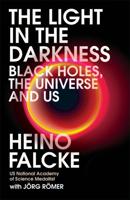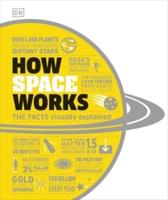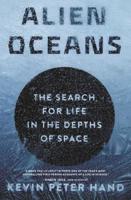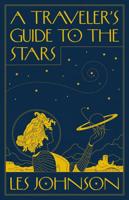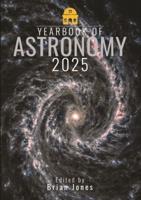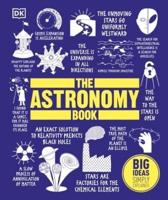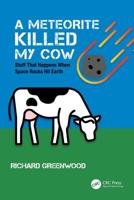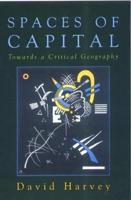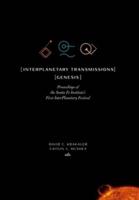Publisher's Synopsis
Computational and wind tunnel error sources are examined and quantified using specific calculations of experimental data, and a substantial comparison of theoretical and experimental results, or a code validation, is discussed. Wind tunnel error sources considered include wall interference, sting effects, Reynolds number effects, flow quality and transition, and instrumentation such as strain gage balances, electronically scanned pressure systems, hot film gages, hot wire anemometers, and laser velocimeters. Computational error sources include math model equation sets, the solution algorithm, artificial viscosity/dissipation, boundary conditions, the uniqueness of solutions, grid resolution, turbulence modeling, and Reynolds number effects. It is concluded that, although improvements in theory are being made more quickly than in experiments, wind tunnel research has the advantage of the more realistic transition process of a right turbulence model in a free-transition test. Bobbitt, Percy J. Langley Research Center RTOP 505-61-01-01...

